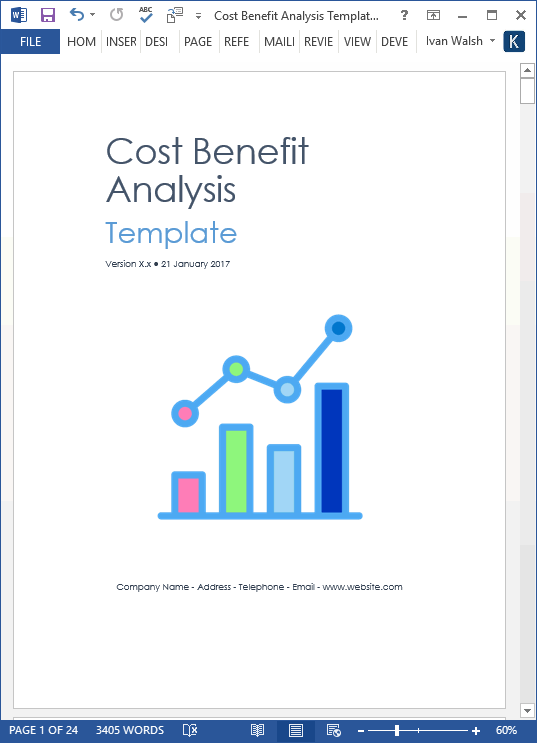Business Plan Templates
8 Mistakes To Avoid When Writing Business Plans
I didn’t start writing Business Plans until about five years ago. Until then, the word Business Plan made my tummy feel slightly uncomfortable.
It certainly wasn’t something I wanted to do for a living. But, as is often the way, a door opened and I stepped in. Actually, I had to write a Business Plan for a good friend and then realized, ‘Hey, this is not so hard. What’s all the fuss about?’
‘Simple and to the point is always the best way to get your point across.’ Guy Kawasaki
[Learn more about these Business Plan templates here]
Why you may not want to write a Business Plan
Does this sound familiar?
You’ve started a business, built products, made some sales, and started to scale. But your cashflow has ground to a halt! You need funds to drive the business forward and also ensure it doesn’t slide backwards.
Investment is the answer, right?
Yes, but…
It does takes effort.
You didn’t get a degree in college by accident.
You have to put in the hours, get the credits, and make the effort.
We all understand this. Effort equals reward. And it’s the same if you want to get your business to graduate. It takes time, effort, and a little dedication.
So, to grow the business you need to develop a Business Plan to get the (significant) funding you need and also to clarify to yourself what direction the business should be heading in. I hear what you’re thinking. I know you can find articles that tell tall tales about companies setting up with no business plan and ‘following their passion’. And it’s true, some companies grow by the seat of their pants.
But the exception doesn’t prove the rule.
Why Business Plans will make you more successful
Tim Berry shares this research findings which show that, ‘those who finished their Business Plans were about twice as likely to successfully grow their business, get investment, or land a loan than those who didn’t.
You can see the numbers on the chart.
But, you’re not sure how to write a Business Plan. Anyway, many investors laugh at the idea of writing Business Plans. Seems a little dated, right?
What investors say on their twitter-feeds to look cool and what they do in the office are not always the same. They want to know who you are, what you’re selling, and what the profit margin is.
How to Get Funding and possibly lose friends in the process
You can get funding in different ways, though.
You can get it from yourself (mortgage your house), your family (Dad, we don’t talk enough, I have this idea, maybe you’d be interested …), friends (look, you trust me, right? Well, I have this amazing idea, let me explain. maybe you’d be interested.)
Each of these has its own merit and somewhere on the web is a case study of a guy who built an million dollar company in his garage. Remember, the exception proves the rule!

[Learn more about these Business Plan templates here]
Is it wise to Take Investment From Friends?
One warning about taking investment from friends. If you lose the money, you may lose the friendship. I’d advise you to keep business and friends apart. If you need money, go to the Chamber of Commerce, Venture Capitalists, or explore other investment options, such as SBA or bank loans.
How to start your Business Plan
One school of thought is to develop a 1 Minute Investor Pitch also called an Elevator Pitch. For example, if you met Warren Buffet—and had just one minute—how would you pitch your idea?
I don’t know if this works in the real world. Somehow, I doubt if Warren Buffet or Guy Kawasaki invest in firms on the basis of an Elevator Pitch. They want detail. One way to get those details is to develop a Business Plan.
Business Plan 9 point checklist
Guy Kawasaki says that it’s the people involved in the business that interest him first.
- Will they drive this business forward?
- Can he trust these them with his investment money?
- Will they stick with it through the difficult periods?
- What’s their track record?
- Have they don’t this before?
- What’s their biggest weakness?
- Do they know their own biggest weakness?
- If not, how will this impact the business?
- Investors invest in people.
Ok, what does this mean for your Business Plan?
8 Mistakes In Business Planning
Remember when I said that people invest in people. The number one mistake to avoid in Business Plans is not talking about your people. Or to put it another way, not weaving their story into your business plan.
- Talk about your team,
- What drives them?
- Why did they build this product?
- Why did they leave their former employer to create this product?
- Where did they come from? Both socially,
- How they got there? Discuss their qualifications and how they will drive the project onwards.
- What are their ambitions? Why do they believe in this project over a comfortable 9-5 job?
- Why do I need to do this?
Even if your business model is excellent, if the people involved are ‘perceived’ to be raw/weak/inexperienced, the project will most not get the funding it requires.
So, your story needs to be very compelling.
Most startups fail, not because of the product, but because those involved didn’t have the long-term commitment to the project.
So, when writing your Business Plan, develop each section to highlight how your team (and why it has to be your team!) will be the ones to make this happen. Why they will be the ones to ‘carry the can’ when things get rough.

[Learn more about these Business Plan templates here]
Business Plan format, style, layout
Break it into eight sections.
Mistake To Avoid#1 – Business Concept
- Define your product or service – outline what you’re offering in its simplest terms.
- What problem does it address – describe the single most important problem is solves.
- This tells the reader what you’re offering and what problem you’re solving.
Mistake To Avoid #2 – Target Market & Potential Customers
Break out the target market and the number of customers you hope to attract.
- Who are your target customers?
- What is the market size?
- How large will this market be in the next 2,5,10 years?
- How do you plan to attract customers?
- What is your sales strategy?
- What is your marketing plan to promote your company?
All of this is speculation. You don’t know how many customers will actually buy. Maybe none! But, you have to future plan so you can attract the investment you need.
Mistake To Avoid #3 – Competitive Advantage
In this section of your Business Plan, describe what gives you a Competitive Advantage.
- What makes your business unique?
- What patent do you have (or will develop) that will generate royalties?
- What makes your product than others in ways you can quantify? For example, you can provide credit cards to teenagers. Most companies are not authorized to give credit cards to teenager. You can! That’s your competitive advantage.
- Identify the greatest obstacles to the success of your company and not just competitors. Maybe it’s legislation, drug trials, testing, compliance, IT platforms, or other issues such as lack of experience.
Mistake To Avoid #4 – Competitor Analysis
Next, counter-balance the claims made in your Competitive Advantage and identify the three ways your competitors may undermine your business. If you don’t know your competitors, you have looked hard enough!
- Who are your three main competitors?
- What are their strengths and weaknesses?
- Could you partner with them?
Mistake To Avoid #5 – Legal & Managerial Issues
In the next part of the Business Plan, look at the nitty-gritty of setting up a business from a legal perspective. While this may seem boring at first, hire the right lawyer and accountant to setup your company.
For example, setting up as a Limited company (LLC, LTD) gave me tax breaks that I didn’t have as a sole trader, single businessperson or partner. You can also set as a charity or religious organization and avail of tax breaks that way.
- How will you setup the company? Most likely as a limited company but you may also consider making it a partnership, corporation, or other business type.
- What other legal considerations need to be organized, for example, patent protection, and copyright?
- Identify the organizations, companies, groups you plan to build relationships with? For example, Chambers of Commerce, international trade organization, peer groups, industry bodies.
Mistake To Avoid #6 – Finances
Financials are the heart of the Business Plan. It’s where the investors will examine the numbers, run business model calculations, and see what profit margins can be made.
See this Cost Benefit Analysis Template for more details.
- Using tables or matrices may help present the financial data, especially for projections.
- How much will it cost to make your product?
- How much will it cost for recruitment?
- How much will it cost for marketing?
- How much will it cost for equipment, software, hardware etc?
- How much will it cost for operations, office, infrastructure etc?
- How much will it cost for salaries?
- How much total up-front investment is needed?
- How will your company generate revenue?
- When will your company break even?
- How will you use the profits you generate?
Mistake To Avoid #7 – Management Team
If the investors get past the Financials, they’ll want to see who’s involved.
- Describe each team member’s background.
- Describe the unique skills they bring to the project.
- Explain why this is a winning team? Why the investors should believe in the team.
- What other people/skills do you need to find?
- Add resumes to the appendix.
Mistake To Avoid #8 – Appendices
Include any supplementary information (graphs, charts, statistics, research etc) that would help you put your idea in context.
Write for your readers
Provide the answers to the questions that the investors will most likely have. Let me put that in better English.
Write the Business Plan from the perspective of the investor.
No investor wants to invest in a project unless it passes all the tests. From an investment perspective, put yourself in their shoes.
What fears are they most likely to have?
Then address these fears.
What concerns will they have about your team?
Describe the unique attributes that make your team special.
Where will the profits come from?
What contingencies do you have in place?
It’s FUD.
Address their Fears, examine where they have Uncertainly, and why they might Doubt you.
Then respond to each of these point by point.
Next Steps
If I were to help you write your next Business Plan, what would be the one area you’d want to do first.
Let me know and we’ll discuss it here next week? Here are some templates that might get you up and running.

[Learn more about these Business Plan templates here]
Editor’s Note: This post was originally published in June 2010 and has been updated for freshness, quality, and comprehensiveness.



